#Paint
QOTD: Are You a Colorful Car Owner?
Jeep has brought back the Tuscadero color for the Wrangler, and now added it to the Gladiator.
For those unfamiliar, it's eye-searingly pink.
Pinky Promise: Jeep Brings Tuscadero Paint back to Wrangler
Always seeking to give a nod to the desires of their fan base, Jeep is returning to a particularly colorful well with a popular paint option for the revised 2024 Wrangler.
Acura TLX Type S PMC Asks $3,000 for Gray Paint
When the world learned that Acura was going to bring back the Type S moniker, a subset of enthusiasts who remembered models wearing the performance badge were readying their applause. While the TLX Type S deserves some amount of praise, the limited edition PMC models are difficult to rationalize unless you’re buying one under the assumption that it’ll appreciate in value parked in your garage. But it just keeps getting more ridiculous with Acura now offering Gotham Gray paint as a $3,000 option.
Jeep Adds One Color to Gladiator. That’s It. That’s the Headline.
This post is less about bringing breaking news to the B&B and more about giving your author a chance to run photos of a Jeep in an obnoxious color which he greatly enjoys. The brand calls it High Velocity Yellow; I call it fantastic.
2022 Chevrolet Blazer: Fewer Engines, More Hues
The Chevrolet Blazer will be dumping its base engine for the 2022 model year. The naturally-aspirated, 2.5-liter motor always felt as though it would have been more at home in a vintage Plymouth Acclaim or original S-10 Blazer, however. Removing the 193-horsepower unit from the modern crossover, which can be optioned to weigh in excess of two tons, probably isn’t going to make anyone’s eyes well up.
In exchange, the manufacturer has seen fit to expand the color palette.
White Remains Top Vehicle Color Globally According to Axalta
Axalta released its 68th Global Automotive Color Popularity Report today, and it said 81 percent of vehicles are white, black, gray or silver. White at 38 percent is the most frequently purchased automotive color worldwide and has been for 10 years consecutively. Black remains at 19 percent year-over-year and is a luxury vehicle favorite. Gray, at 15 percent, is up two percent and is at a 10-year high. Meanwhile, silver is in decline in all regions, now at just nine percent. This shift from silver to gray in many markets is its perception as a more modern and luxurious color.
Insect Life Hampers Roll-out of GM's Newest SUVs
Longer, more spacious, and sporting a newly independent rear suspension, General Motors’ 2021 full-size SUV clan is ready to tap pent-up consumer enthusiasm… just as soon as the manufacturer scrubs off the paint-marring insect secretions.
It seems the General’s big SUVs have run into a seasonal issue near their Texas home base.
QOTD: Embracing Your True Colors?
In each and every one of us lurks a number of hidden longings. Yours truly, as a child and even later, used to yearn to one day work at the National Hurricane Center in Coral Gables, Florida.
That clearly didn’t pan out. They probably demand a degree in science-y things, the jerks. Oh well.
Other yearnings aren’t quite so specific, and I think one thing we all share as a diverse population of individuals is the desire for more choice. To express ourselves in one of the dwindling ways that’s still socially acceptable. I’m talking, of course, about color. Paint color.
Toyota Owners in the Great White North Finally Get Their White Paint
A friend once had a ’94 Olds 88 with delaminating paint, souring the Olds ownership experience and causing him to pine for his recently departed ’86 model. The newer model’s hood and trunk lid looked like hell, but at least he wasn’t alone in his misery (there were a lot of peeling 1990s GM cars on the road at the time).
Toyota owners, on the other hand, are used to bragging about their vehicles’ longevity, dependability, and solid resale value, making issues like peeling paint a black eye in an otherwise wholesome relationship. It’s worth noting that they’re among the most loyal customers on the market.
These owners will be happy to hear the automaker plans to cover the cost of applying a whiter shade of pale to the exterior of their older Toyota models.
QOTD: Standing Out With Bad Paint Colors?
I sparked a minor Twitter argument this week after offering up an image of a brand new car that’s available in a truly horrible exterior color. Public Car Twitter opinion mobilized quickly and angrily against my take, and only a couple others were brave enough to take my side against such a visual crime.
Today we talk paint.
Not Black and White (but Mostly): Paint Preferences Remain Tame for 2019
“You can have any color you want, so long as it’s white… or silver,” General Motors not so famously told this writer last summer, after a disheveled man walked through their doors in search of a bargain-basement ride.
Yours truly made the right choice, and it seems the rest of the world followed. White is by far the world’s most popular automotive paint color, topping a palette that shuns vividness and excitement with a passion. Thankfully, a color this writer loathes due to its overuse in the previous decade is still dropping, falling to its lowest point in more than a decade.
Kia Sorts Out Stinger Paint Issue, Offers Other Stingers for Owners Who Can't Be Bothered
We told you recently about an odd issue Kia’s having with a select group of rear-drive Stinger sports sedans. It seems those painted in eye-catching Sunset Yellow have a tendency to flake and peel — like a Canadian at the beach. In short, the paint won’t stay on, and Kia traced the source back to some oil residue that made its way into the vibrant coating sprayed on a small number of Stingers.
In the U.S., just 400 special edition Sunset Yellow Stingers found buyers, making the issue quite limited in scope, but nonetheless troubling. Buyers won’t be happy once the sedan starts shedding its skin. Luckily, Kia has a plan.
Kia's Stinger Has a Big Yellow Problem
Kia’s Stinger burst onto the automotive landscape in what seems like the rear-drive sedan’s twilight years, enlivening the lower end of the market with its pleasing profile, available twin-turbo V6, and palate of eye-catching colors. It’s one of those colors — Sunset Yellow — that’s causing headaches for the automaker.
Apparently, the Stinger might decide to shed that paint one day.
Are Two-tone Paint Jobs the Next Big Automotive Trend?
Contrasting paint hasn’t been commonplace on automobiles in over half a century, but it appears to be regaining some of its lost momentum lately. Everything from the Bugatti Chiron to the Toyota Camry offers separate bodywork hues these days.
Of course, we don’t know if this is a trend poised to explode across the industry or something that will be relegated to a handful of models before fizzling out. However, with new crossovers like the Volkswagen T-Roc, Range Rover Velar, and Volvo XC40 available with contrasting rooflines, it seems ready to enjoy at least 15 minutes of fame.
When It Comes to Paint Preferences, Men and Women Aren't Equal: Study
While local climate plays a role, prefered automotive paint schemes largely come down to personal feelings and dealer inventory. There is also the matter of what colors are trending within the industry and, according to a recent consumer survey tabulation from iSeeCars.com, gender.
The automotive data research company compiled survey results from over 700,000 consumers and close to 30 million used car sales between 2015 and 2016 to find gender biases for specific colors. For the most part, color preferences are irrelevant. But there are a few standout shades that one group seems to prefer over the other.



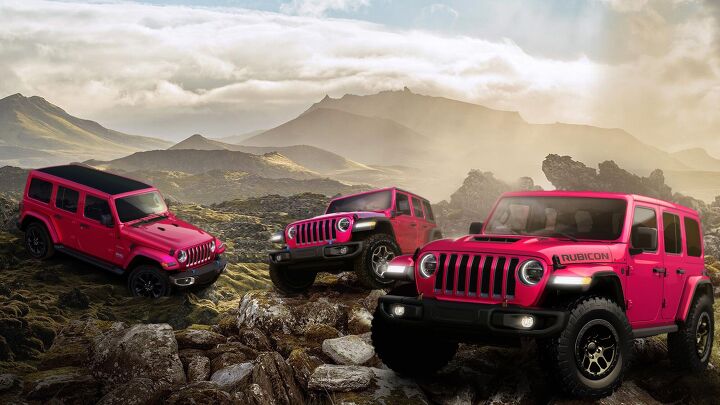
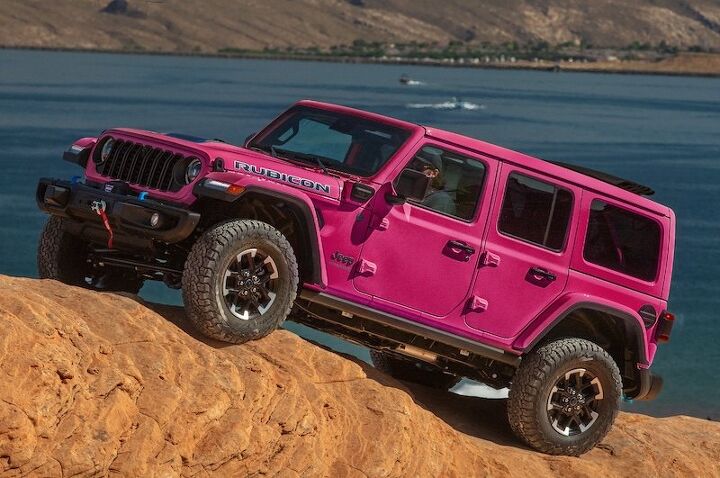
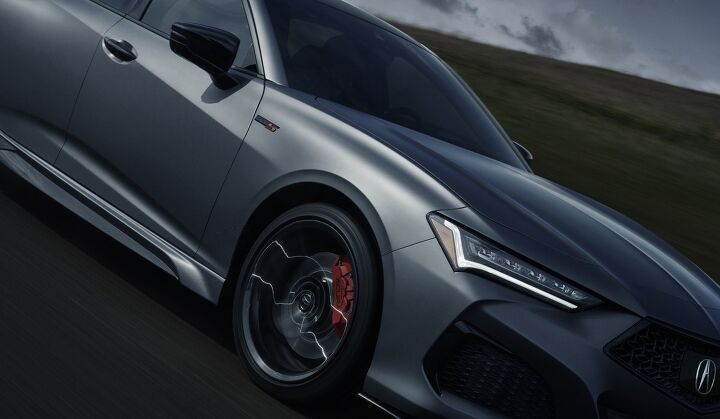
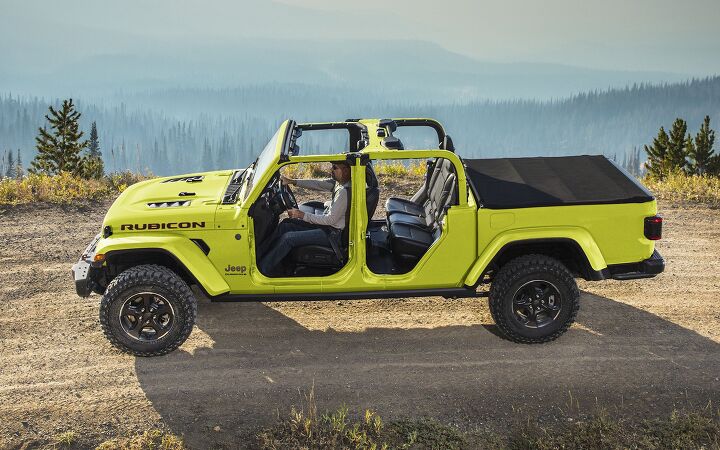

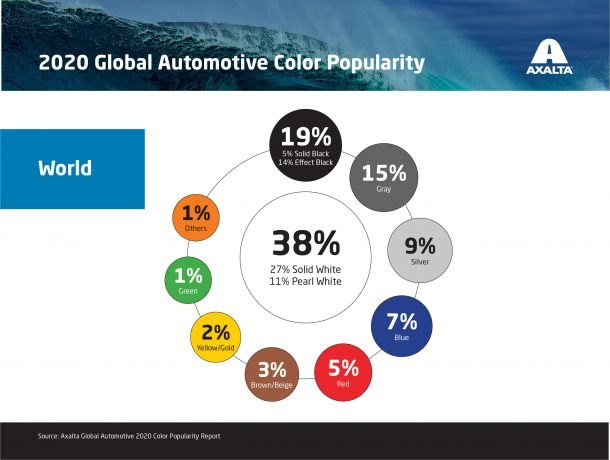
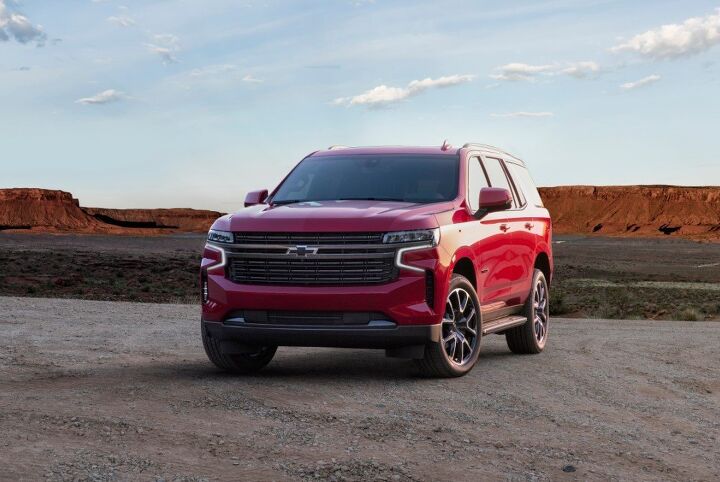

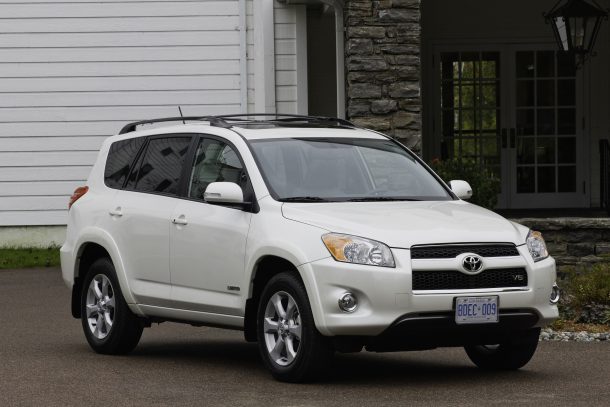
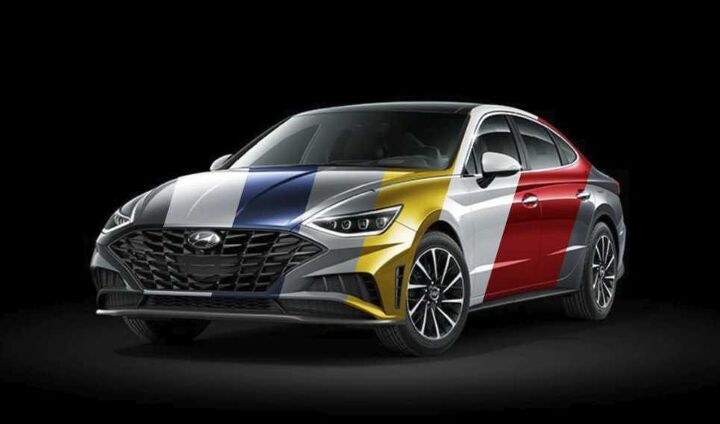

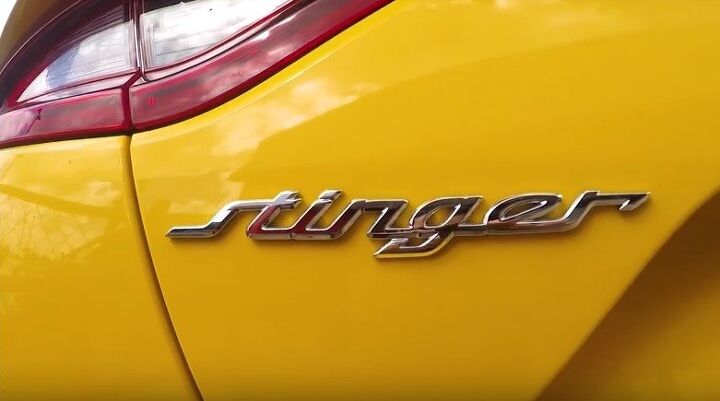
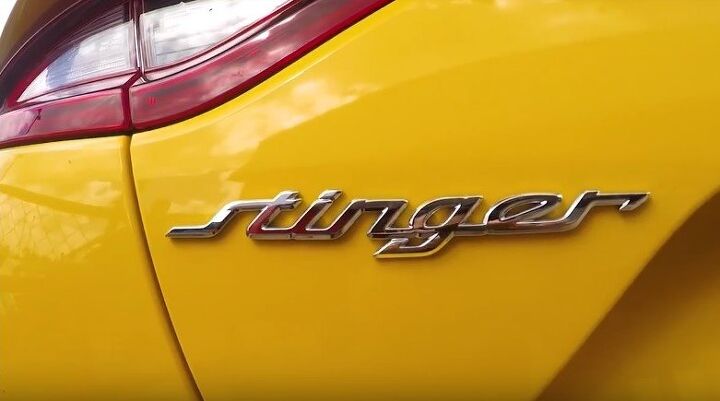
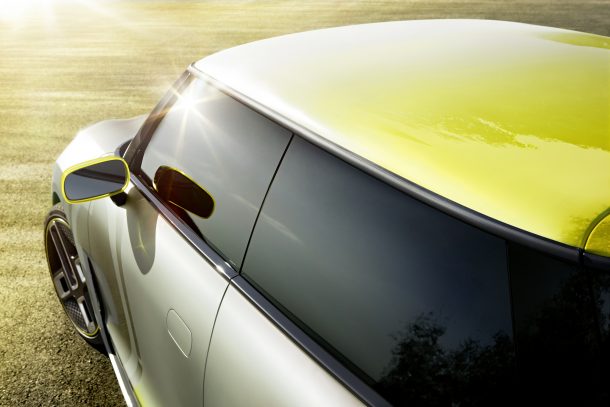













Recent Comments